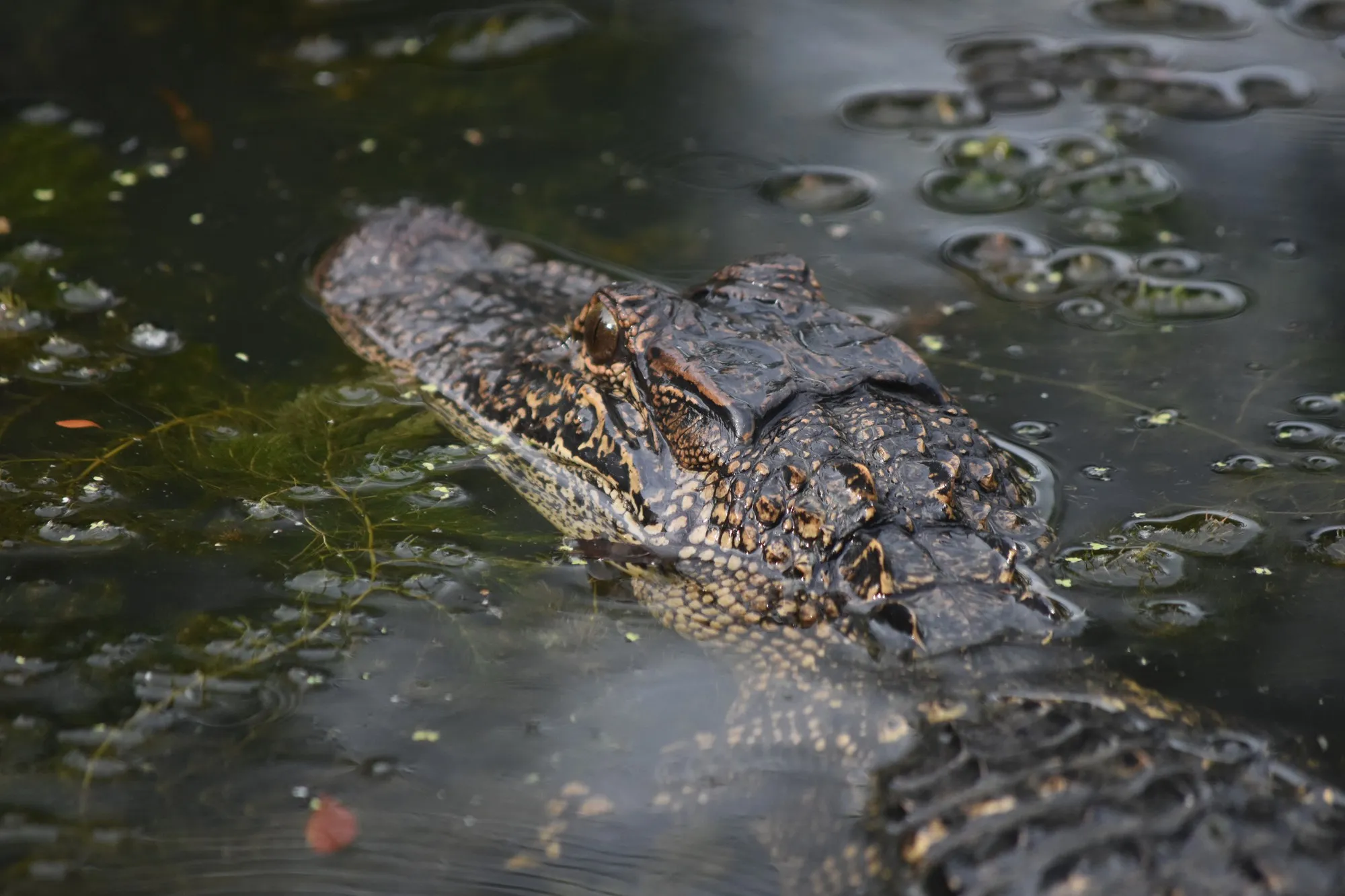In a groundbreaking study recently published in the journal ‘Comparative Biochemistry and Physiology. Part A, Molecular & Integrative Physiology’, researchers from the University of North Texas, along with colleagues from Aarhus University in Denmark and the Grand Chenier Department of Wildlife and Fisheries in Louisiana, have elucidated the complexities of gas exchange in embryonic American alligators. The investigation focused on the arterial and venous blood gases as they interact over the chorioallantoic membrane (CAM)—a key gas exchange surface during the alligators’ development.
The study, “Characterizing arterial and venous blood gases over the gas exchange surface, the chorioallantoic membrane, of embryonic American alligators (Alligator mississippiensis) at two points of development,” is authored by Dane A. Crossley II, Janna L. Crossley, Justin L. Conner, Brandt Smith, Ruth Elsey, Derek Nelson, and Tobias Wang. Its results offer a new perspective on how the CAM evolves functionally in response to environmental changes like altered oxygen levels.
The implications of this research are profound, granting scientists a better understanding of the development of respiratory systems, not just in alligators but also in vertebrates more broadly. Such knowledge can contribute to our grasp of evolutionary processes and might even impact medical science concerning human lung development and disorders.
Methodology
By assessing blood gas levels in the arteries and veins associated with the CAM, the study could determine the efficiency of this membrane in exchanging oxygen and carbon dioxide during two distinct development stages of the alligator embryos. One key aspect of the research was the comparative analysis of CAM functionality in eggs that were incubated in a controlled hypoxic environment containing only 10% oxygen.
The chorioallantoic membrane is an extra-embryonic structure, common to birds and reptiles, that serves as the site for respiratory gas exchange. In addition to providing a medium for gas exchange, the CAM also facilitates the transportation of calcium from the eggshell, essential for the proper development of the embryo.
Findings
One of the significant findings from this research is the confirmation that the CAM’s vasculature increases in size as a response to hypoxic conditions. In other words, when the oxygen level was lower, the alligator’s CAM adapted to maximize oxygen uptake, ensuring the embryo’s developmental needs were met. The research team’s measurements provided valuable data on the arterial and venous blood gas content, which revealed key insights into the functionality and adaptability of the growing CAM.
As hypothesized by the researchers, the CAM under hypoxic conditions did indeed exhibit structural changes that facilitated a more substantial flow of blood, thereby allowing for more efficient gas exchange crucial for the embryo’s survival and growth.
Significance
The findings of this study are significant for multiple domains of biological science. Firstly, they contribute to our understanding of the physiological adaptations that allow embryos to thrive in environments with variable oxygen availability. This insight is especially relevant to the study of how reptiles, like the ancestors of modern birds, may have coped with the fluctuating oxygen levels during the Mesozoic era—an important factor in vertebrate evolution.
Furthermore, understanding the adaptive changes in the CAM could provide a parallel to human fetal development, offering a model to study and possibly address conditions related to reduced oxygen supply in human pregnancies.
Response from the Scientific Community
The response from the academic and scientific community has been overwhelmingly positive, with experts in fields ranging from evolutionary biology to clinical medicine interested in the potential applications of this research.
Challenges and Future Research
One challenge faced by the researchers was the need to measure blood gases with precision and without harming the delicate embryonic structures. Future research may delve into the genetic and molecular mechanisms governing these adaptive changes, potentially exploring how these principles could be applied to biomedical issues such as the treatment of respiratory illnesses.
Conclusion
This compelling research performed by Dane A. Crossley II and colleagues has identified vital aspects of the gas exchange process in embryonic American alligators, providing exciting prospects for evolutionary biology and respiratory physiology. As stated in the declaration of competing interest, the authors have no known competing financial interests or personal relationships that could have influenced the work reported in this paper. Published by Elsevier Inc., this study not only enriches our understanding of the functionality of respiratory organs in animals at different developmental stages but carves a path for future explorations into the mysteries of life’s intricate adaptive strategies.
References
1. Crossley, D. A., et al. (2024). Characterizing arterial and venous blood gases over the gas exchange surface, the chorioallantoic membrane, of embryonic American alligators (Alligator mississippiensis) at two points of development. Comp Biochem Physiol A Mol Integr Physiol, 111575. doi: 10.1016/j.cbpa.2024.111575
2. Farmer, C. G. (2015). The developing chicken chorioallantoic membrane as a model for the study of transvascular fluid dynamics. Physiological reports, 3(3), e12325. https://doi.org/10.14814/phy2.12325
3. Palmeirim, M. S., & Rodrigues, P. N. (2013). Ontogeny of the alligator: how to build a crocodilian. Journal of Anatomy, 223(2), 128–142. https://doi.org/10.1111/joa.12067
4. Seymour, R. S., & Lillywhite, H. B. (1976). Heart rate and cardiac output of embryonic crocodiles (Crocodylus johnstoni) and the effect of temperature on cardiac and respiratory frequencies. Journal of Comparative Physiology, 105(3), 237-244. https://doi.org/10.1007/BF00657347
5. Burggren, W., & Warburton, S. (2007). Comparative developmental physiology: contributions, tools, and trends. Oxford University Press.
Keywords
1. Alligator Embryos Blood Gas
2. Chorioallantoic Membrane Research
3. Crocodilian Respiratory Development
4. Hypoxic Adaptation in Reptiles
5. Evolution of Gas Exchange Surfaces
DOI: 10.1016/j.cbpa.2024.111575
